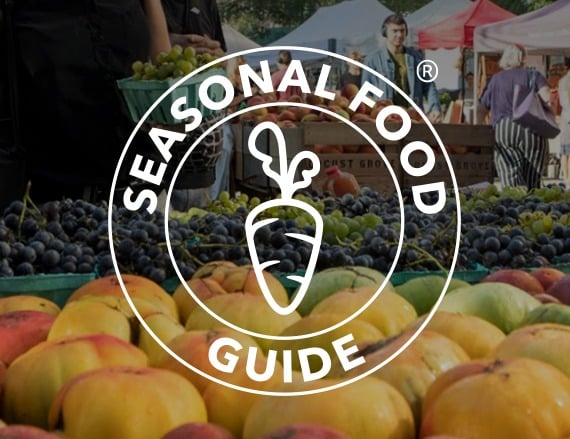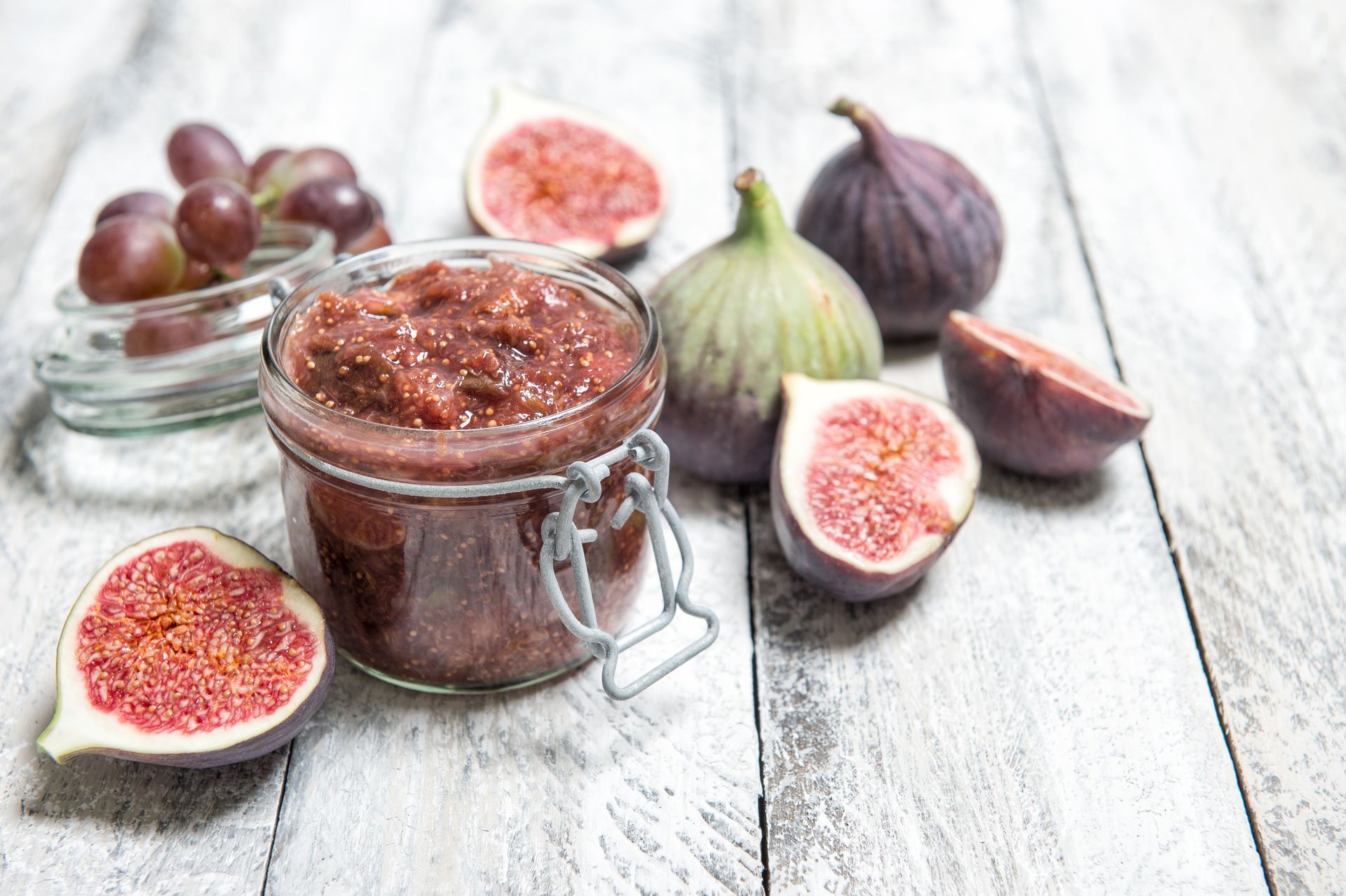Quinces are due for a renaissance
Most people are familiar with the Biblical story that, in the garden of Eden, an apple was the fruit that tempted Adam and Eve and shaped the course of humanity. But it probably wasn’t an apple at all: It may have been a quince.
Quinces hail from the Caucasus mountains, where you can still find some trees in the wild in their home range, and their history stretches back to Babylon and Ancient Persia, to Ancient Greece and Rome, and eventually across Europe and the Middle East. In ancient times, quinces were cultivated all the way to the Himalaya Mountains and the Middle East, and down to the Mediterranean. For thousands of years they were prized for their flavor as well as for their fragrance, which fills the room, and makes for a very effective (and delicious) air freshener. They were even rumored to have started the Trojan War.
So what happened? Why is it that most people in the United States haven’t seen or tasted quinces? This once-beloved fruit has fallen out of popularity in the last century or so, but there are plenty of reasons it’s ripe for a revival. I’ve always thought there’s something special about quinces (and plenty of people through history agree with me): Every time I see them at the market, which isn’t that often, I snatch up as many as I can, hungry to make quince preserves and enjoy their floral, honey-sweet flavor.
Quinces (Cydonia oblonga) are a fragrant, dense-fleshed and tannic member of the rose family (which includes apples, peaches, serviceberry, and many others), but when properly cooked, they taste almost like apples and honey. And if you happen to find them, you’re in for a treat.
A delicious history
After their origins in Persia, quince trees eventually made their way to England, and the first ones were planted at the Tower of London in 1275. Spice-studded quinces were popular in European banquets in the Middle Ages, and their popularity continued on past the Renaissance (see the recipe, below, to eat quinces the way they did in 1600s England).
Quinces (like apples, a fellow rose family member) are high in pectin, and historically were not only in standalone dishes like quince paste, but also used to make pectin for other fruit preserves. Pectin is a gelling agent naturally found in many fruits and vegetables in various concentrations: And when making jam and jelly, adding pectin ensures that your preserve will properly set. Quinces were a go-to source for gelling food until Charles Knox’ invention of powdered gelatin in the 1890s, which was the first blow to quinces’ popularity. By the 1920s, U.P. Hendrick remarked that “the quince, the ‘Golden Apple’ of the ancients, once dedicated to deities and looked upon as the emblem of love and happiness, for centuries the favorite pome, is now neglected and the least esteemed of commonly cultivated tree fruits.”
Today, quinces are grown in the U.S. and worldwide, but are not a popular crop in the States.
Quince production
Quince trees are typically small (8-12 feet), with twisting, gnarled branches and stunning blooms leading to pome fruits: Ones with a central core surrounded by edible fruit, like apples and pears. Aesthetically, quince fruit looks like a cross between an apple and a pear, though its flesh is more dense than both. There are over 200 varieties of quinces in the world, including more modern cultivars and historic heirlooms.
Commercial production in the U.S. isn’t even tracked by the USDA, and while efforts were made to popularize it by several people including Luther Burbank, an influential figure in California agriculture in the late 1800s, efforts were not really successful and the tree is not widely planted now.
Quince can grow in a range of environments, and it is grown commercially and in home gardens as far north as Scotland and Norway, down to North and South Africa and North and South America, Australia, and Oceania.
Like apples, quinces are in season in the fall. You may be able to find them from a local farmer, at specialty markets, or international grocers (or, ask if you can special order them). Ornamental and fruiting quince trees are available for sale online and at some nurseries, too, if you decide you’re game to try growing quinces yourself.
Cooking with quinces
Today, if you’ve tried quinces, it’s probably been as the Spanish favorite membrillo, the red quince paste found on cheese and charcuterie boards. But there’s so much more to explore! The fruit can be very thinly sliced and eaten raw, however they are tart and tannic, so are usually only eaten cooked. Quinces are commonly eaten as a paste or jam, but you can also use them to make your own pectin (for use in a variety of jams and jellies), poach them, add to cooked apples for a tart sharpness, simmer in a fragrant Persian quince and beef stew, cook them into pastry or even pickle them.
In my kitchen, quinces are the crown jewel of autumn fruit: they adorn my preserves shelves in the form of quince marmalade, but also get baked into tarts, or simmered in syrup and tucked into my morning yogurt. While quinces may be unfamiliar to many readers, once you embrace them, you’ll find a versatile and familiar friend.
Choose quinces with firm flesh and without bruises or blemishes. The first thing you’ll notice when you bring them home is their intoxicating smell: Floral and fruity, their scent fills your kitchen with the aroma of roses and apples.
If you find yourself with an abundance of quinces, try this centuries-old recipe for a tasty treat.
Recipes: marmalade of quinces red and white
Quinces are a flavorful, color-changing treat, as the fruit oxidizes and goes from white to a rich red. Nearly every quince product you can buy is red, but if you want to play around and make something different, make white quince marmalade, which is cooked quickly enough to preserve its light color. Or, cook for longer and make red quince marmalade.
These recipes are adapted from a 1615 cookbook, “The English Housewife” by Gervase Markham, and the flavor is almost like apples and honey (though they’re completely vegan). You can process in a hot water bath to can, or refrigerate and use within a month.
Red quince marmalade
This recipe harnesses the color-changing magic of quince, with a long, slow cook time that allows the beautiful red color to develop. Quince marmalade is perfect on crackers, with cheese, or dolloped on overnight oats.
Ingredients
1 pound quinces
2 1/4 cups sugar
4 cups water
Method
- Peel the quinces using a knife or vegetable peeler, cut in half, core, and cut into 1″ cubes.
- Place in a medium saucepan with the water and sugar.
- Simmer over a low heat, loosely covered, for about 2 hours, stirring occasionally.
- Once most of the water has evaporated and the fruit is in a thick syrup, use a spoon or potato masher to mash fruit, if needed.
- Allow to cool and store in an airtight container in the refrigerator.
White quince marmalade
The only difference between this and the preparation method above is that it is cooked quickly to prevent the red color from developing as the fruit oxidizes. This recipe is made with less water than red marmalade, which allows it to heat up more quickly, thus minimizing the possibility for oxidation.
Ingredients
1 pound quinces
2 cups water
2 1/4 cups sugar
Method
- Add water and sugar to a pot and bring to a simmer
- Peel, halve, and core the quinces immediately before cooking.
- Cut into 1″ cubes and add immediately to the hot water and sugar.
- Bring to a boil, and boil rapidly until a thick syrup develops and fruit is softened (about 30 minutes), then mash the fruit with a spoon or potato masher to desired smoothness.
- Allow to cool and store in an airtight container in the refrigerator.
To can your marmalade: immediately after cooking and while still hot, process in half pints in a hot water bath for 10-12 minutes, with 1/2-inch headspace.
Get the latest news from FoodPrint
By subscribing to communications from FoodPrint, you are agreeing to receive emails from us. We promise not to email you too often or sell your information.
Top photo by minadezhda/Adobe Stock.
More Reading
How to host a sustainable dinner party
December 16, 2025
Tradwives, MAHA Moms and the impacts of "radical homemaking"
December 10, 2025
The FoodPrint guide to beans: Everything you need to know to buy, cook, eat and enjoy them
November 18, 2025
Your guide to buying and preparing a heritage turkey or pastured turkey this Thanksgiving
November 18, 2025
How Miyoko Schinner upped the game for vegan dairy
November 7, 2025
30+ things to do with a can of beans
November 4, 2025
In a beefy moment, beans?
November 4, 2025
Waste not, want not with “Ferment,” a new cookbook by Kenji Morimoto
October 1, 2025
For these cocoa farmers, sustainability and the price of beans are linked
September 17, 2025
You haven’t had wasabi until you’ve had it fresh — and local
September 11, 2025


